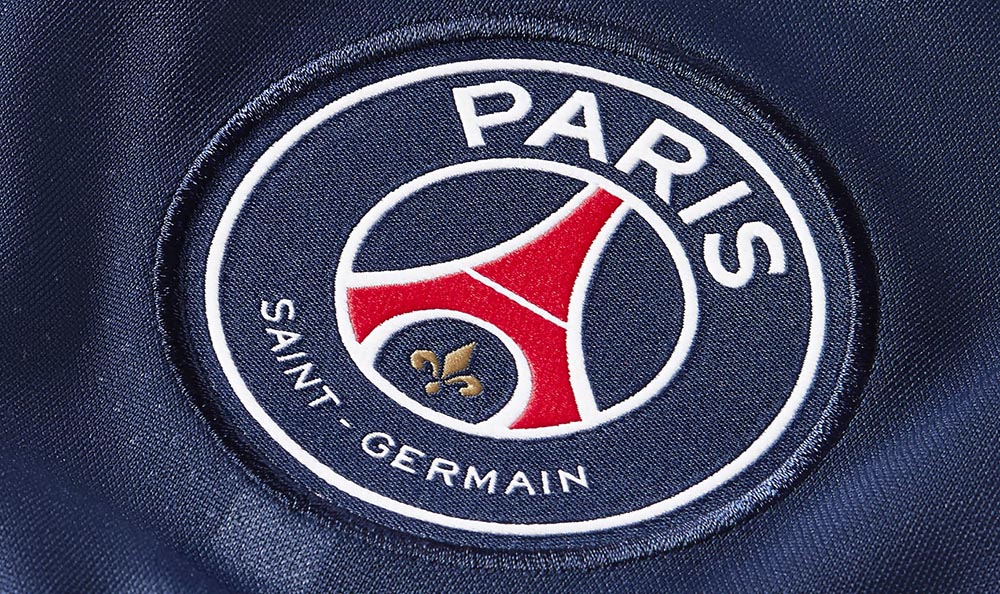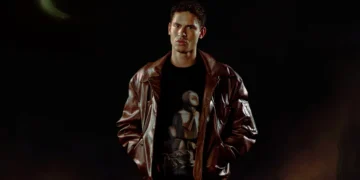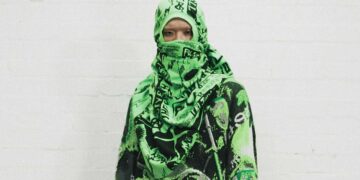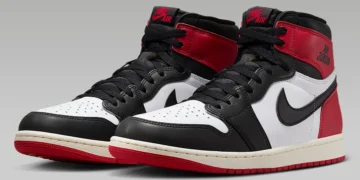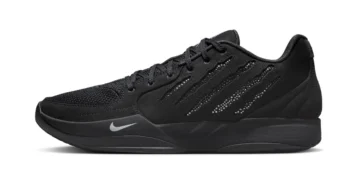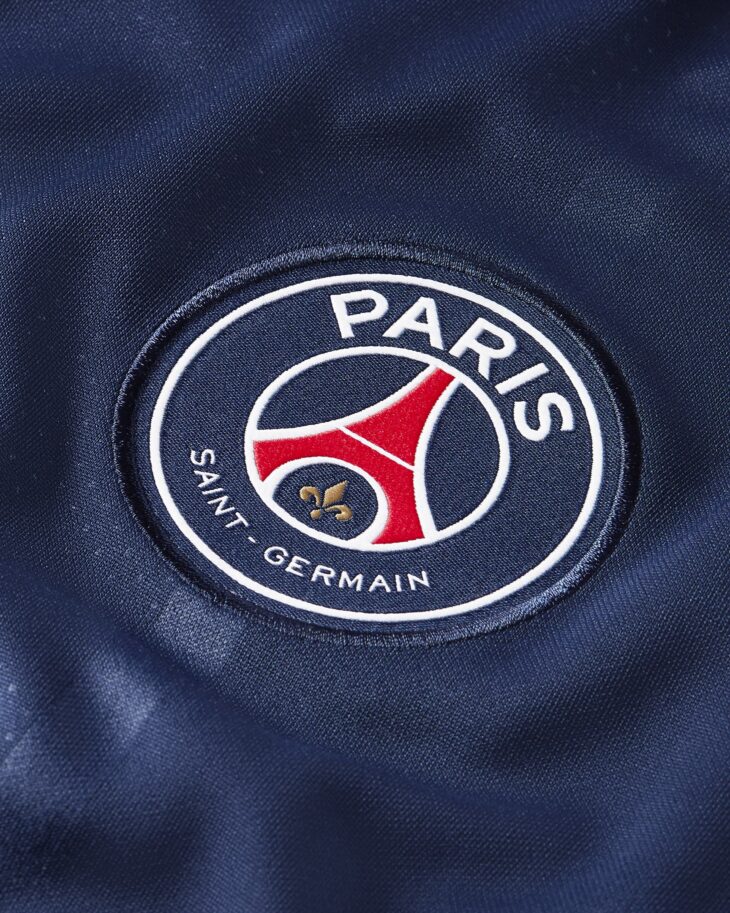
Football club Paris Saint-Germain was founded in 1970. Ronaldinho, David Beckham, Zlatan Ibrahimovic, and now some of the finest players in the world (Kylian Mbappé ,Lionel Messi and Neymar Jr., and) are just a few of the outstanding players who have drawn attention to the club. Being the most successful football club in France after winning 27 titles in just ten years and a total of 43 in its history, PSG knows its way around a good collaboration. From deals with major airlines to their fashion brand collaborations, PSG has perhaps entered the public awareness via collaborations and football more than any other club in recent memory.
The Club continues to gain popularity across the world. It grew from having no followers to having more than 160 million in just ten years, making it one of the most popular clubs in the world. The club has undergone a complete visual evolution as a result of its ability to reinvent itself and reach a stylistic conclusion that goes beyond football. Let’s take a closer look at the history of the ever so popular Paris Saint-Germain jersey.
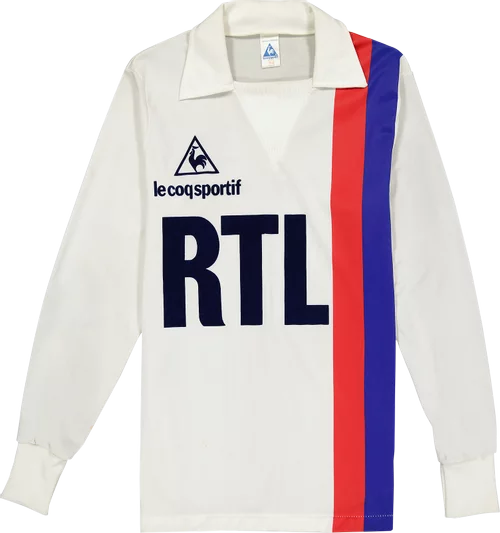
Initial Kit
The colours of Paris Saint-Germain are white, blue and red and have been this way since the club’s conception. They symbolize the French flag and also have a connotation unique to the City of Paris. White refers to the club’s illustrious past in Saint-Germain-en-Laye while blue, red, and the city’s colors stand in for the entire area. All three colours are represented in the home kit of the team, with fully dark blue uniforms, red embellishments and white writing.
Le Coq Sportif, a renowned French sports apparel manufacturer best known for creating the legendary green St-Étienne jerseys of the same era, created PSG’s first kit, which was entirely red. The early Paris Saint-Germain logo had a blue football with one of the hexagonal panels replaced with a red ship.
Current Colors
In 1972, a new design with a red representation of the Eiffel Tower on a blue backdrop was adopted in place of the club’s previous logo that year. Daniel Hechter, a fashion designer who later became the club’s president, came up with the overall concept of the PSG jersey as we know it. He subsequently acknowledged that Ajax, the finest and most successful team in Europe in the early 1970s, served as the inspiration for his jersey. He merely replaced the Dutch club’s white with blue while keeping the wide, center stripe red.
1986 – PSG Partners With Adidas
In 1986 German sportswear brand Adidas became the main kit supplier for Paris Saint-Germain. The partnership would go on for 3 years before switching to their main competitor. Although brief, the partnership brought us some iconic jerseys that are still a valued collector’s item.

1989 – Nike partners with PSG
Nike and PSG maintain a partnership for over 30 years. The initial Nike-designed kit, that dates back to the 1989/90 season, was a white jersey with a fold-over button-down collar. The shirt’s length was adorned with a striking red and blue vertical stripe. The shirt has a jacquard design emerging from the fabric and features the Nike Futura logo.
In 1992, the club introduced a brand new logo on their jersey designed by artistic director Étienne Robial. The logo features three rectangles—two blue and one red—each bearing the letters P, S, and G. A black banner bearing the words “Paris Saint-Germain” in white sans-serif is displayed below.
Take a look at the complete PSG collection.
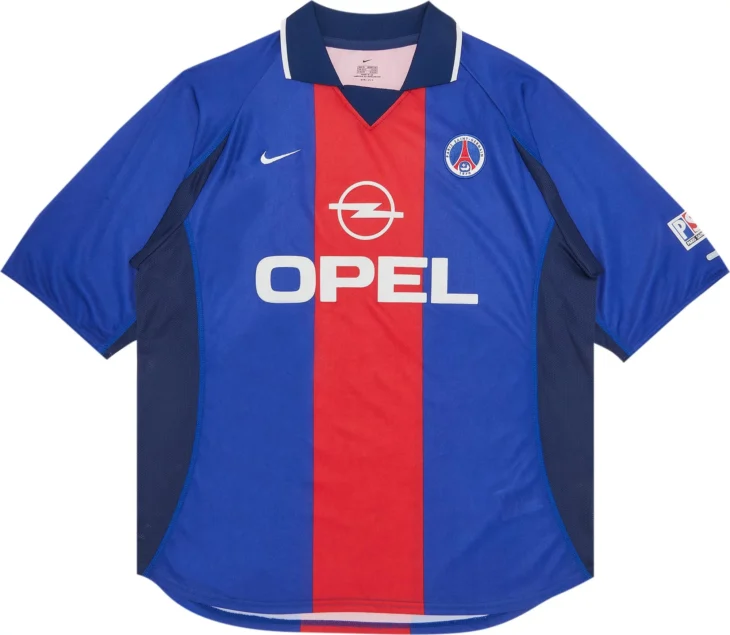
1995 – Opel becomes primary sponsor
In 1995, German automobile manufacturer Opel became the primary sponsor of Paris Saint- Germain, marking the end of the trend of featuring 2 or more sponsors on the PSG jersey. The Opel logo became an essential part of PSG shirts for most of the next decade.
The club reinstated the original logo with minor changes. In 1996, a new text (Paris Saint-Germain in sans-serif bold) that occupies the top half of the emblem perimeter and the club’s founding year (1970) at the bottom were added. Significantly more polished than the previous version.
In 1999, PSG introduces a completely redesigned jersey. The German automaker OPEL, which has supported the French club for seven seasons, is still in the foreground, but this time the colors are entirely different: the jersey features a silver color scheme with a horizontal white band and navy blue finishing, including the collar. One of the fan favorites, which was again worn the following year.
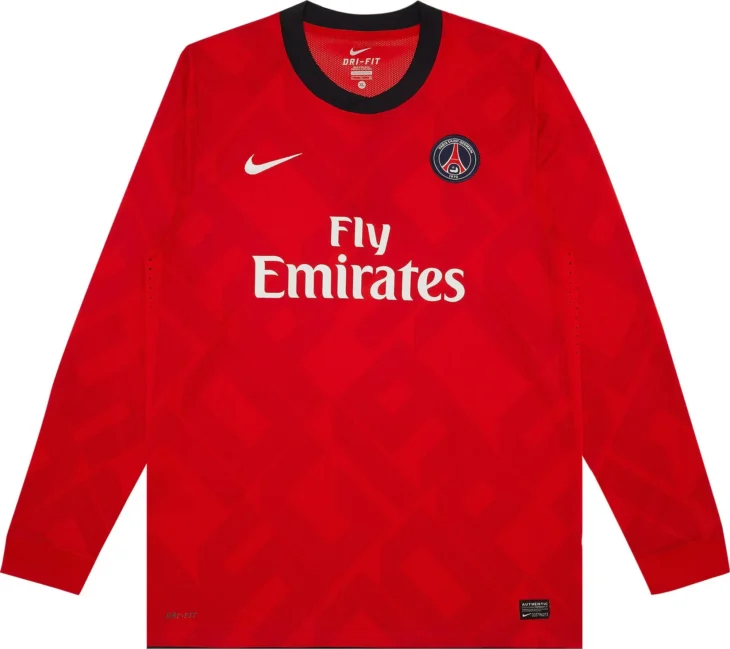
2006 – Fly Emirates takes over as primary sponsor
The fan-favorite “sponsor-less” look on the clean design, which included a thinner Hechter striper, was introduced for the 2006–07 season, along with the start of the Fly Emirates partnership and a new wave of PSG.
The accompanying jersey brings us back to PSG’s original colors. A fresh touch on the traditional kit, the blue jersey with red and white stripes running down the middle , represents the turning moment in PSG’s ascent to the top of the French league. A year was given to Zlatan Ibrahimovic, Edinson Cavani, and Thiago Silva to develop their rapport and deliver victory to Paris. Marco Verratti too had the opportunity to shine and show the world what he was capable of. Additionally, Leonardo’s storied signings helped to usher in the new Qatar age. PSG achieved a first-time sweep of all four domestic championships and advanced to the Champions League quarterfinals while wearing this uniform. This shirt stands for the first phase of Qatar Sports Investments, which revived their dreams of European glories and grew the PSG brand internationally.
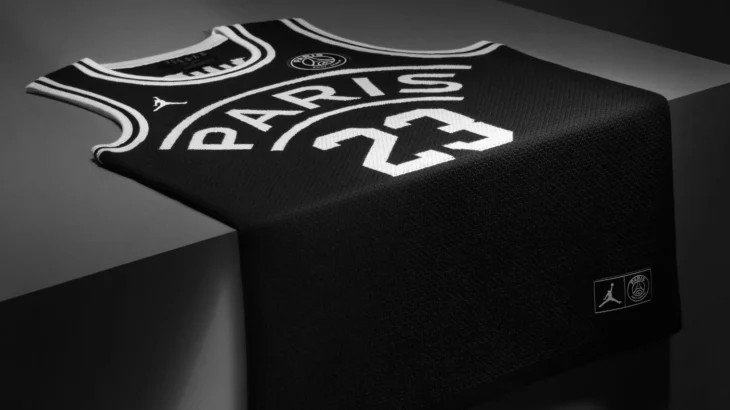
2018 – PSG Announce Jordan Brand partnership
The partnership between PSG and Jordan brand was one of the biggest and most groundbreaking in the history of the sport, breaking down barriers between basketball and football for the first time, demonstrating a new wave of what was possible in the world of football fashion.
For the initial collection, the companies offered both lifestyle and athletic products, such as limited-edition Nike Vaporknit Match uniforms with red accents and a straightforward black-and-white color scheme. All of the footwear for the Jordan Brand x Paris Saint-Germain collection has co-branding, including the Air Jordan 1, Air Jordan 5, Mercurial Vapor, and PhantomVSN cleats.
Like no other kit in PSG’s history, this one in particular contributed to elevating their reputation. Jordan picked PSG above a number of other teams, notably FC Barcelona, and his selection distinguished the club as real innovators among the best of European football. A departure from the conventional look, the black jersey contrasts nicely with the grey logo and stripe. It has already established itself as an iconic jersey that, one hopes, will serve as a catalyst for the return of the grit and swag of the early 2000s.
2022 – GOAT becomes sleeve partner
In 2022, the online fashion and shoe resale marketplace GOAT have joined forces. Through this new partnership, GOAT became the team’s new official sleeve partner and got the chance to introduce their premium platform to a fresh group of soccer and fashion lovers. The GOAT branding appears on the new performance kits of the club such as the training gears and on-pitch match apparels.
The two companies are also working together to promote GOAT’s premium platform and its products to a new generation of football and fashion enthusiasts across the world in addition to GOAT’s appearance on the club’s men’s first team jerseys.
In August 2022, Paris Saint-Germain and the digital sneaker marketplace have launched “People of Paris”, a new visual campaign and digital experience. The project investigates fashion and the community of Paris’s historical ties to the French champions. It features residents from all backgrounds in Paris with stars like Lionel Messi, Neymar, Kylian Mbappé, and Prensel Kimpembe who are all photographed sporting PSG jerseys from the past and present as well as vintage PSG clothing and accessories from the GOAT archive.
